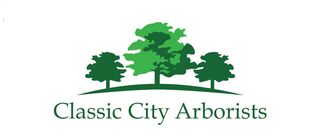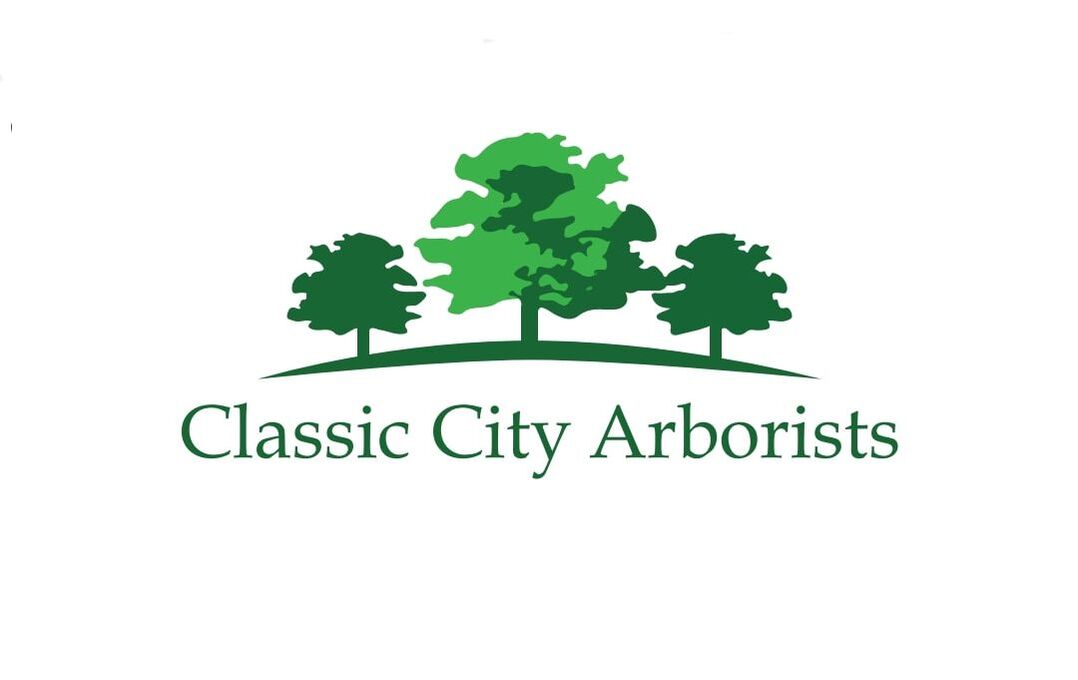|
News and Blog Articles
|
|
Quercus laevis, more commonly known as the turkey oak, is a short, sometimes shrub-like tree native to the southeastern United States. We call it the turkey oak (or sometimes the turkey-foot oak) because its leaves have three distinct lobes, and they look a whole lot like turkey feet. The hardy species is also sometimes called the scrub oak, because it grows best in scrub land. Where other trees might wither and die in sandy, low-moisture soil, turkey oaks thrive. In fact, the turkey oak’s native habitat is the dry, sandy, well-drained soils found in places like the Carolina bay rims, old beach sand dunes, or even coastal plain ridges with quartzite and acidic rock types. Basically, this tree really likes soil that’s inhospitable to most other tree species! Did You Know?Quercus laevis is often specified as the American turkey oak, to differentiate it from the European Quercus cerris. Where our turkey oak is native to the United States, the European turkey oak is an invasive species. As it prefers well-drained soil, the turkey oak is pretty drought resistant, making it a great choice for areas with low annual rainfall. These trees can also stand against heavy wind and inclement weather without uprooting, as their shorter stature protects them against the worst of the elements. This overall hardiness makes them a popular choice to prevent erosion in coastal areas, but it also means they are often seen as weeds by homeowners. In the wild, turkey oaks often make up the understory of long-leaf pine forests. They have lower sunlight requirements, so they don’t mind the shade. On average, the turkey oak will reach 26 to 33 feet high, putting it squarely on the small side of the tree size spectrum. With a little pruning, you can even grow this species like a shrub! Its branches spread out wide, giving the tree a shorter, stouter appearance. Unlike other oak species, the turkey oak has an irregularly-shaped crown. The bark of the turkey oak starts out smooth and dark brown (or even blackish) in color. As the tree ages, this bark lightens to a warm reddish-gray and breaks into deeply furrowed ridges. The inner bark is usually a warm red color throughout the tree’s lifetime. As we mentioned, the turkey oak gets its name from its turkey-foot-shaped leaves. While the leaves are young, they do often resemble turkey feet, with 3 deeply divided lobes. As they grow, however, the leaves tend to average between 5 and 7 lobes. Each individual lobe is tipped with a few bristle teeth, but they are otherwise pretty smooth and hairless. Leaves average between 3 and 7 inches long. Sometimes longer! An interesting feature that makes turkey oak leaves unique is their growth pattern. Most trees hold their leaves horizontally, so they are displaying as much leaf surface as possible for photosynthesis. Turkey oaks, on the other hand, hold their leaves vertically. This protects the leaves against the hottest hours of the sun, so they don’t burn, and lets them photosynthesize best in the morning and evening, when the sun is lower in the sky. The turkey oak is a deciduous tree, which means it sheds its leaves annually. Usually, deciduous trees offer a brilliant display of fall colors before their leaves dry out, turn brown, and fall to the ground. Turkey oak leaves do change color in the fall, usually to yellow or orange-red. But they don't try out as quickly as other oak species. In fact, turkey oaks will hold onto their beautiful burnt-gold leaves well into the winter! In the spring, turkey oaks grow acorns just like any other oak tree. They take the average 18 months to mature before they can start sprouting, and average less than an inch long. Turkey oak acorns are an important source of food for a variety of wildlife, including the black bear, white-tailed deer, and of course, the wild turkey. Though you might expect the flowers of the turkey oak to also bloom in the spring, the male catkins actually don’t start appearing until around November. They produce high amounts of pollen, and may be responsible for your winter allergies! Though it deviates from the typical oak characteristics in many ways, the turkey oak is still an oak tree. That means it’s still susceptible to diseases like chestnut blight, shoestring root rot, oak leaf blister, cankers, and even mildew. If you suspect that your turkey oak is showing signs of decay, don’t hesitate to give us a call! AuthorEmily Casuccio is sister and sister-in-law to Rebekah and Scott Rushing, and has over half a decade of experience in copywriting, copyediting, proofreading, and developmental storyboarding. She's worked with both published and undiscovered authors on both fiction and nonfiction, and takes pride in supporting local businesses. Her passion lies in the written word and helping authors of all capacities realize their dreams and achieve their fullest potential. To learn more about her, read samples of her work, or contact her, visit her online portfolio.
0 Comments
Your comment will be posted after it is approved.
Leave a Reply. |
Categories
All
Archives
January 2023
|
|
23 Whatever you do, work at it with all your heart, as working for the Lord, not for human masters,
24 since you know that you will receive an inheritance from the Lord as a reward. It is the Lord Christ you are serving.
Colossians 3:23-24
24 since you know that you will receive an inheritance from the Lord as a reward. It is the Lord Christ you are serving.
Colossians 3:23-24

